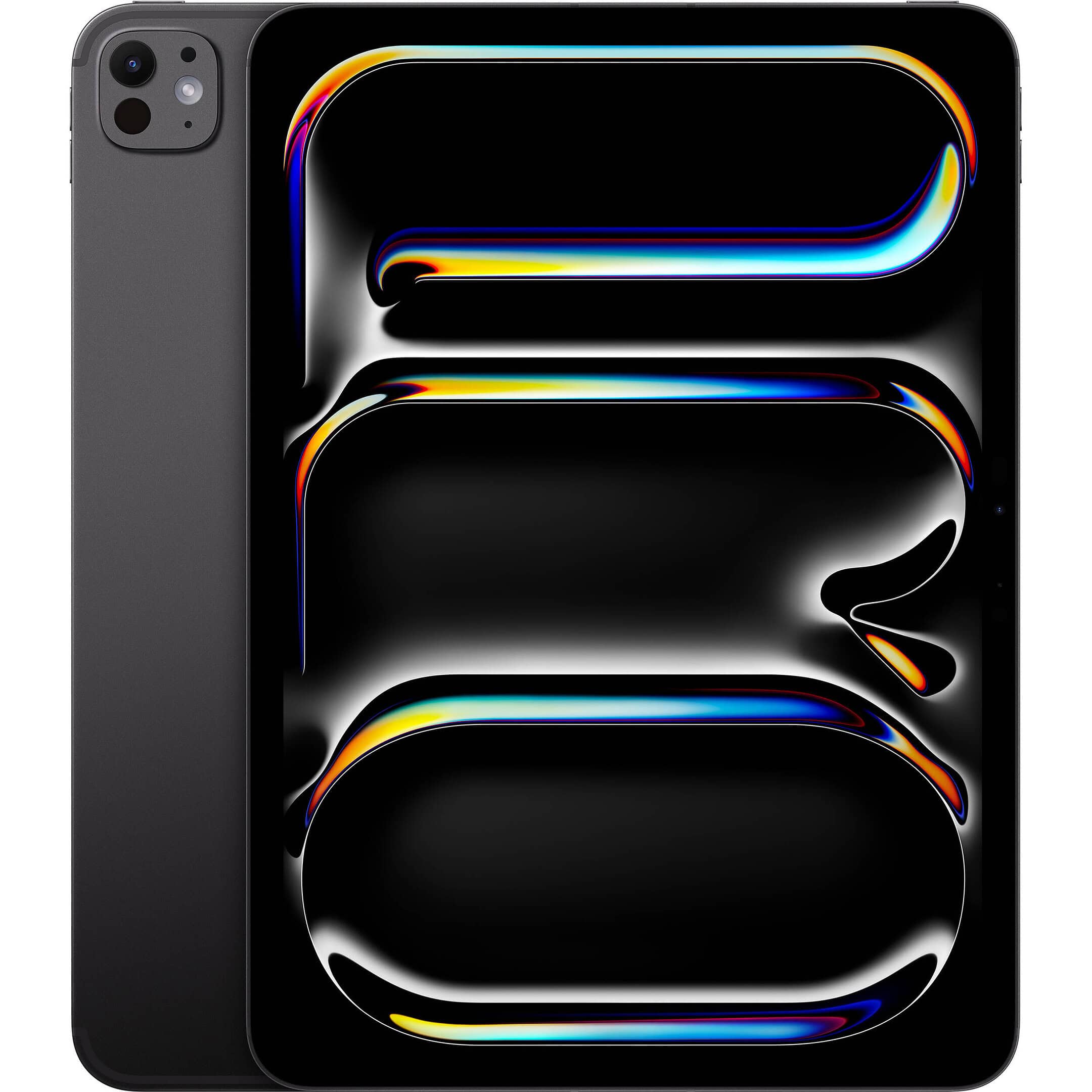When choosing an iPad, it’s important to understand its RAM, or random access memory, because it affects the device’s performance and multitasking capabilities. iPads with more RAM can handle complex tasks like video editing and gaming better than those with less RAM. Different iPad models come with varying amounts of RAM, typically ranging from 2 GB in older models to 16 GB in the most advanced Pro models, such as the latest 2024 releases. For everyday tasks like browsing and watching videos, lower RAM may suffice, but for gaming, video editing, or professional tasks, more RAM might be necessary for optimal performance. Additionally, iPad Pro models with larger storage capacities, like the 1TB version, also come with more RAM, providing more power for demanding applications.
iPad Memory Capacity: A Comprehensive Guide to 2024 and Beyond
iPad Pro (M2)
The 2022 iPad Pro models with the M2 chip offer two RAM options depending on storage capacity:
- 8GB RAM: Models with 128GB, 256GB, or 512GB storage.
- 16GB RAM: Models with 1TB or 2TB storage.
iPad Pro (M1)
The 2021 iPad Pro models with the M1 chip have the same RAM configurations as the M2 models:
- 8GB RAM: Models with 128GB, 256GB, or 512GB storage.
- 16GB RAM: Models with 1TB or 2TB storage.
iPad Air (5th generation – M1)
The 2022 iPad Air, equipped with the M1 chip, comes with a standard 8GB of RAM across all storage options.
iPad Air (M2)
Similar to its predecessor, the 2024 iPad Air with the M2 chip offers 8GB of RAM regardless of storage capacity.
iPad (10th generation)
The 2022 iPad, powered by the A14 Bionic chip, has 4GB of RAM.
iPad Pro (M4)
The 2024 iPad Pro models with the M4 chip come with two RAM options depending on storage capacity:
- 8GB RAM: Models with 128GB, 256GB, or 512GB storage (though teardowns suggest they may actually have 12GB installed).
- 16GB RAM: Models with 1TB or 2TB storage.
Older iPad Models
Older iPad models generally have less RAM than newer ones. For example, the 9th generation iPad has 3GB of RAM, while the iPad mini (6th generation) has 4GB.
RAM Table: 2024 and Relevant Models
| iPad Model | Chip | RAM |
|---|---|---|
| iPad Pro (M2) | M2 | 8GB / 16GB* |
| iPad Pro (M1) | M1 | 8GB / 16GB* |
| iPad Air (M2) | M2 | 8GB |
| iPad Air (5th generation) | M1 | 8GB |
| iPad Pro (M4) | M4 | 8GB / 16GB* |
| iPad (10th generation) | A14 Bionic | 4GB |
| iPad (9th generation) | A13 Bionic | 3GB |
| iPad mini (6th generation) | A15 Bionic | 4GB |
*16GB RAM is available only on models with 1TB or 2TB storage.
Note: Some iPad Pro (M4) models with 8GB may actually have 12GB installed but are limited to 8GB by software.
Key Takeaways
- iPad RAM varies by model affecting multitasking and performance.
- More RAM is vital for gaming and professional applications.
- Higher-end iPad Pro models offer the most RAM.
Technical Specifications of iPad RAM
In this section, we look at how much RAM is included in various iPad models, how this RAM impacts the device’s performance, the relationship between RAM and storage options, and the details on connectivity related to RAM.
Overview of iPad Models and RAM Capacity
Different iPad models come with different amounts of RAM. Generally, the iPad Pro is the most powerful, featuring up to 16 GB of RAM. The iPad Air, iPad, and iPad mini models have lower RAM, reflecting their position as less powerful devices compared to the Pro line.
RAM for iPad Models:
- iPad Pro: 8 GB RAM for models with 128 GB, 256 GB, or 512 GB of storage. 16 GB RAM for 1 TB or 2 TB storage models.
- iPad Air: Consistent RAM across storage options (the exact amount can vary based on generation).
- iPad Mini: Generally lower RAM compared to iPad Pro and is consistent across storage options.
- iPad: Standard RAM for the base model with no variation across storage options.
Impact of RAM on iPad Performance
RAM, or memory, directly influences how well an iPad can handle multiple tasks at the same time. More RAM can improve the ability to switch between apps quickly. It also supports complex tasks like editing videos or playing games. iPads with more RAM can handle these higher power needs better than those with less RAM.
RAM Versus Storage Options
While RAM determines how much data an iPad can process at once, storage is the total data it can hold. Greater RAM does not increase the total storage, but iPads with higher storage may have more RAM. For instance, the 1 TB and 2 TB iPad Pro models come with 16 GB of RAM, whereas lesser storage versions have 8 GB.
Connectivity and RAM Specifications
Connectivity options like LTE or USB-C do not depend on an iPad’s RAM. All models, regardless of RAM, can support these features if they are part of the hardware specs. RAM is more about processing power than connectivity. However, models with more RAM may offer more powerful CPUs and better performance, which can improve overall device usability, including connectivity tasks.
Global Availability and Language Support
When purchasing an iPad, customers around the world can expect consistent hardware performance including RAM configurations. However, software support such as language options may vary by region to cater to the local population.
iPad RAM Configurations in Various Regions
The amount of RAM in an iPad does not change based on the region it is sold in. A customer in the US, UK, Australia, Canada, or Singapore will find that iPad Pro models come with the same RAM options. For instance, if a 1TB iPad Pro offers 16GB of RAM in the US, it will similarly offer 16GB of RAM in Japan, New Zealand, or India. Apple maintains a uniform approach to hardware specifications across all countries where their iPads are available.
Language and Input Methods Supported
Apple’s iPads come with a broad array of language and input options to suit users from different backgrounds. It supports numerous languages, including but not limited to English, Spanish, French, German, Arabic, Chinese, Japanese, and Korean. For Chinese input, simplified and traditional characters are both available, with input methods like Pinyin, Handwriting, Stroke, Cangjie, Sucheng, and Zhuyin.
Japanese users can choose from Kana, Romaji, or the handwriting option. Similarly, Korean input is supported with 2-set and 10-key configurations. To cater to a global market, Apple iPads also include support for lesser-used languages such as Ainu, Albanian, and Amharic among others. This makes the device accessible and user-friendly for a diverse audience, reflecting its design ethos of inclusivity.







